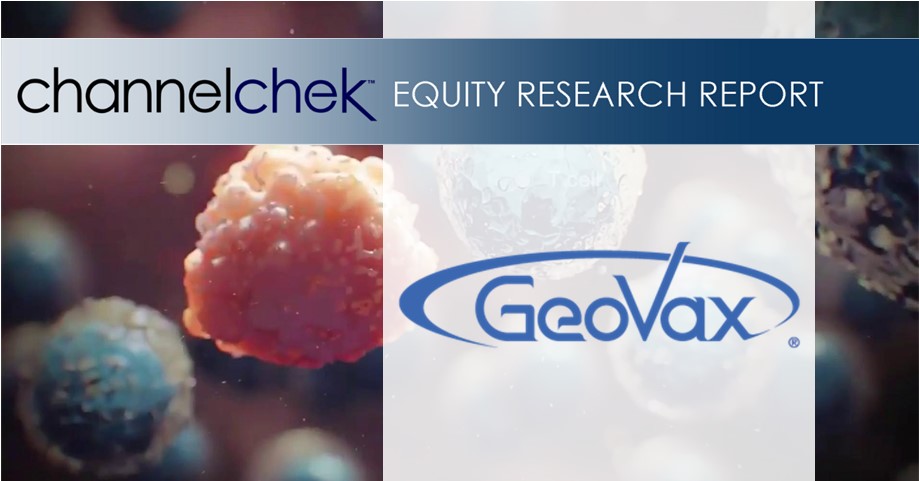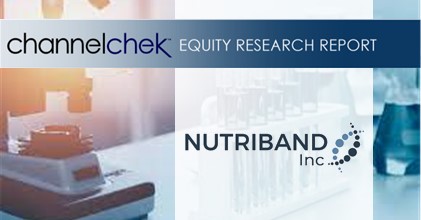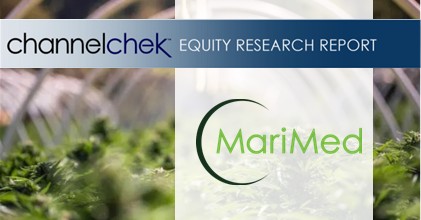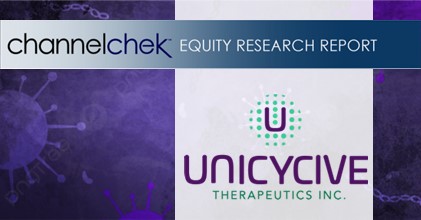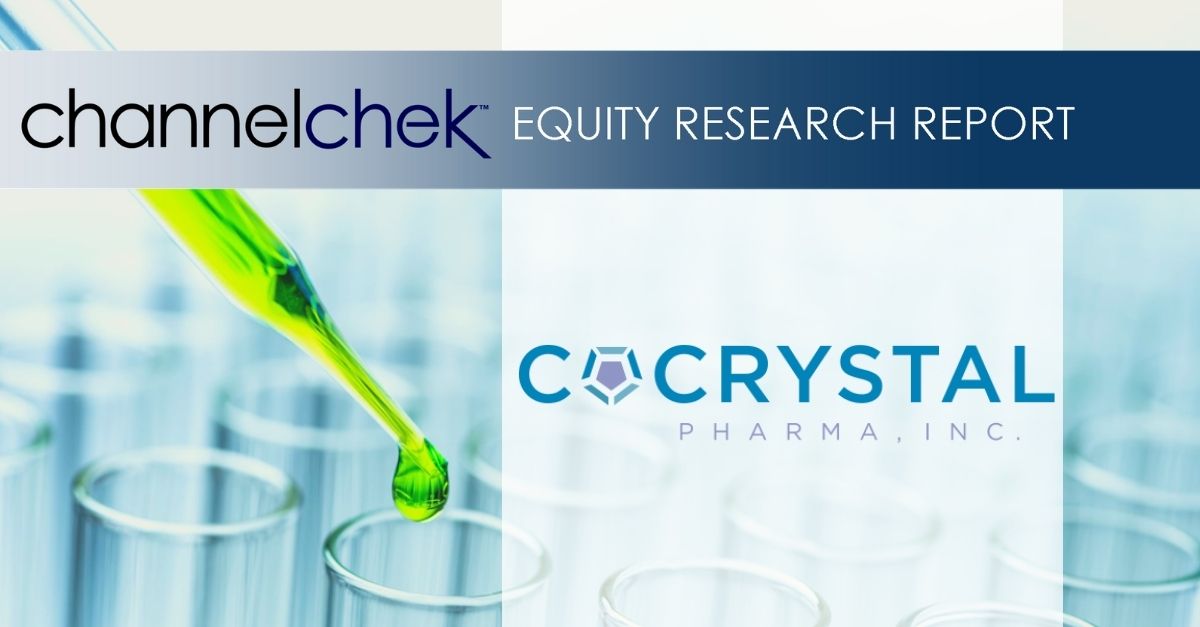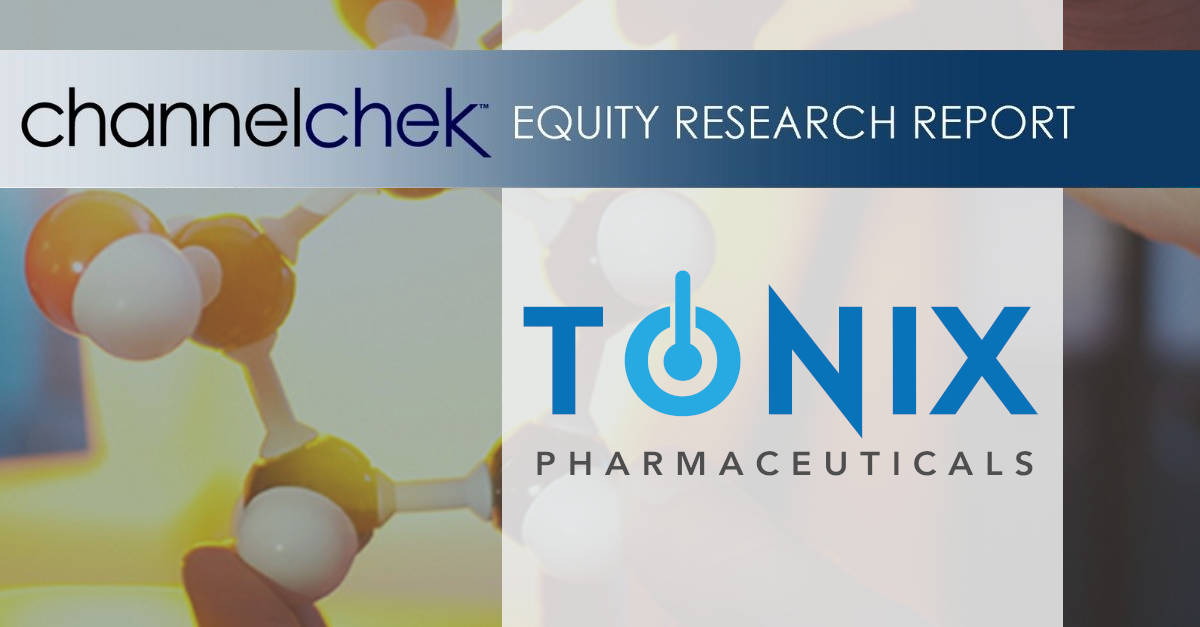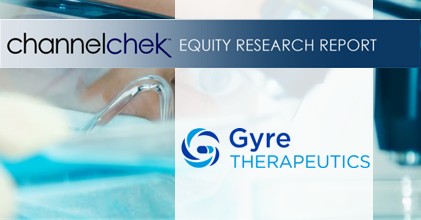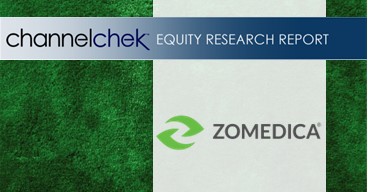
Friday, May 02, 2025
GeoVax Labs, Inc. is a clinical-stage biotechnology company developing novel therapies and vaccines for solid tumor cancers and many of the world’s most threatening infectious diseases. The company’s lead program in oncology is a novel oncolytic solid tumor gene-directed therapy, Gedeptin®, presently in a multicenter Phase 1/2 clinical trial for advanced head and neck cancers. GeoVax’s lead infectious disease candidate is GEO-CM04S1, a next-generation COVID-19 vaccine targeting high-risk immunocompromised patient populations. Currently in three Phase 2 clinical trials, GEO-CM04S1 is being evaluated as a primary vaccine for immunocompromised patients such as those suffering from hematologic cancers and other patient populations for whom the current authorized COVID-19 vaccines are insufficient, and as a booster vaccine in patients with chronic lymphocytic leukemia (CLL). In addition, GEO-CM04S1 is in a Phase 2 clinical trial evaluating the vaccine as a more robust, durable COVID-19 booster among healthy patients who previously received the mRNA vaccines. GeoVax has a leadership team who have driven significant value creation across multiple life science companies over the past several decades.
Robert LeBoyer, Senior Vice President, Equity Research Analyst, Biotechnology, Noble Capital Markets, Inc.
Refer to the full report for the price target, fundamental analysis, and rating.
First Quarter Included Contract Revenues. GeoVax reported a 1Q25 loss of $5.4 million or $(0.45) per share, a smaller loss than we had expected. The quarter included $1.6 million in Contract Revenue from the BARDA contract in preparation for the Phase 2 trial. Since the contract was cancelled on April 11, 2025, the 2Q25 results will include some final contract work. Cash on March 31, 2025, was $7.4 million.
CM04S1 Continues Development With Focus On Immunocompromised Patients. The current focus of CM04S1 development is in immunocompromised patients, a population estimated at 40 million patients in the US alone. Data from the Phase 1 and Phase 2 clinical trials for CM04S1 was presented at the 25th World Vaccine Congress. The two Phase 2 trials in chronic lymphocytic leukemia and stem cell transplants continue to enroll patients, while the Phase 2 Healthy Adult Booster trial is expected to report data during 2Q25.
Get the Full Report
Equity Research is available at no cost to Registered users of Channelchek. Not a Member? Click ‘Join’ to join the Channelchek Community. There is no cost to register, and we never collect credit card information.
This Company Sponsored Research is provided by Noble Capital Markets, Inc., a FINRA and S.E.C. registered broker-dealer (B/D).
*Analyst certification and important disclosures included in the full report. NOTE: investment decisions should not be based upon the content of this research summary. Proper due diligence is required before making any investment decision.
